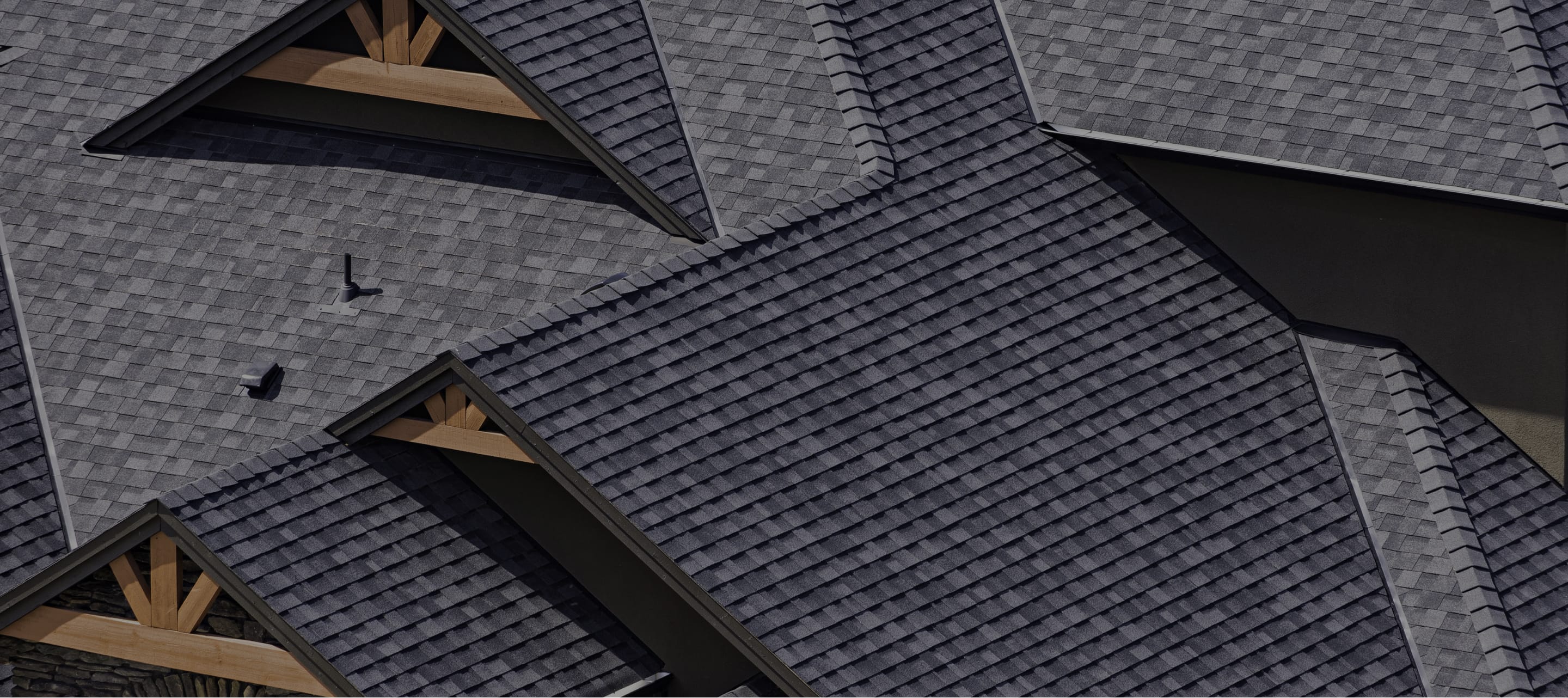If you're new to what TPO roofing is, the most important thing to know is that it's a type of single-ply membrane used in low slope and flat roofing systems. It's known for its durability, energy efficiency, and environmental friendliness.
- Which is better for a flat roof, a TPO system or PVC?
As your roofing contractor we would take a number of factors into consideration to determine the best roofing materials. Both TPO and PVC are good options for a flat roof. It will largely come down to whether you are more worried about tearing or puncturing the roof surface. A TPO roof membrane is the best choice for a building owner that's most worried about tearing the roof surface.
- What does TPO roofing stand for?
TPO stands for thermoplastic polyolefin roofing. It's called that because it's made from a blend of polypropylene and ethylene-propylene rubber, which provides durability and resistance to weather.
- How do you install a TPO roofing system?
Installing TPO roofing is a process. It involves the roofing contractors taking several steps to install a TPO roofing system. First comes surface preparation, then underlayment installation, next is the TPO membrane application, followed by the seaming, then sealing of all the pipes, vents, and HVAC units, and lastly a final inspection.
- Where can I buy TPO roofing materials?
TPO roofing materials can be purchased at local building supply stores, online marketplaces, directly from manufacturers, or from specialty supply stores.





